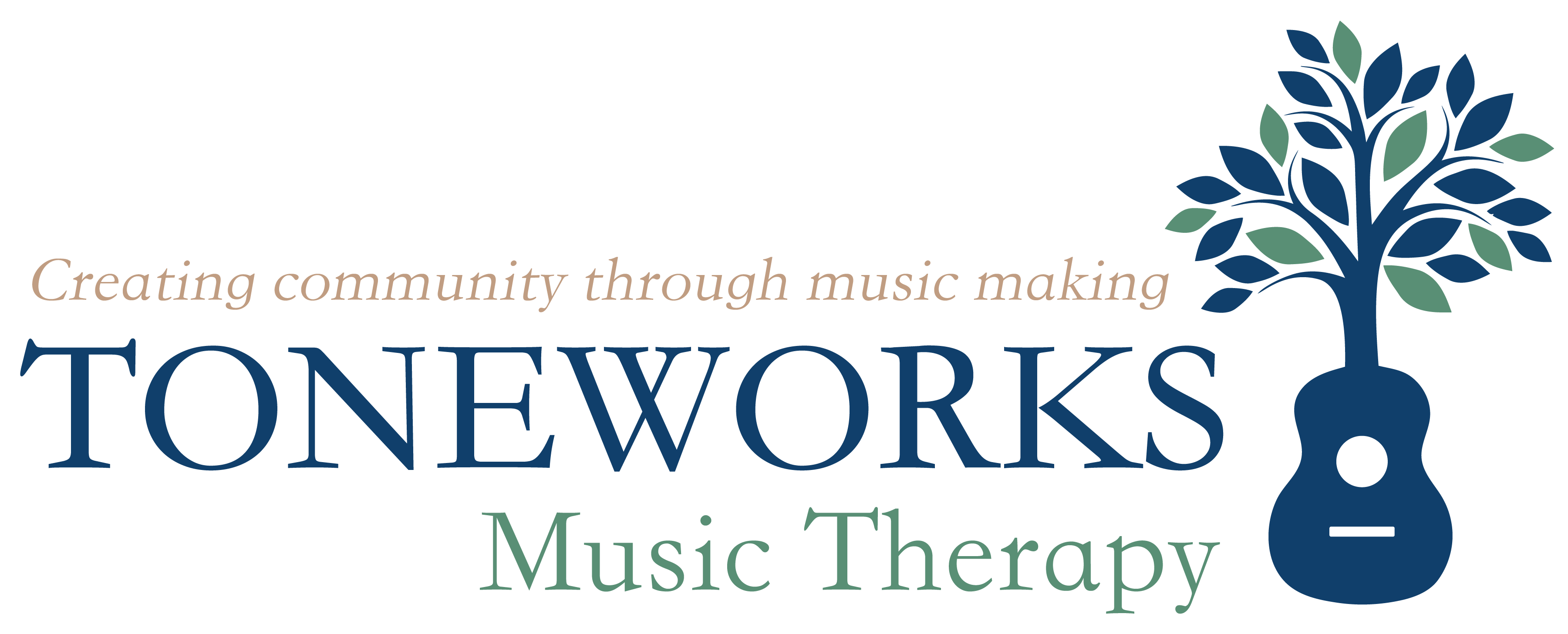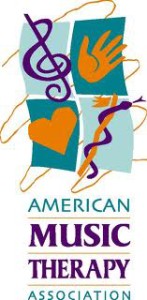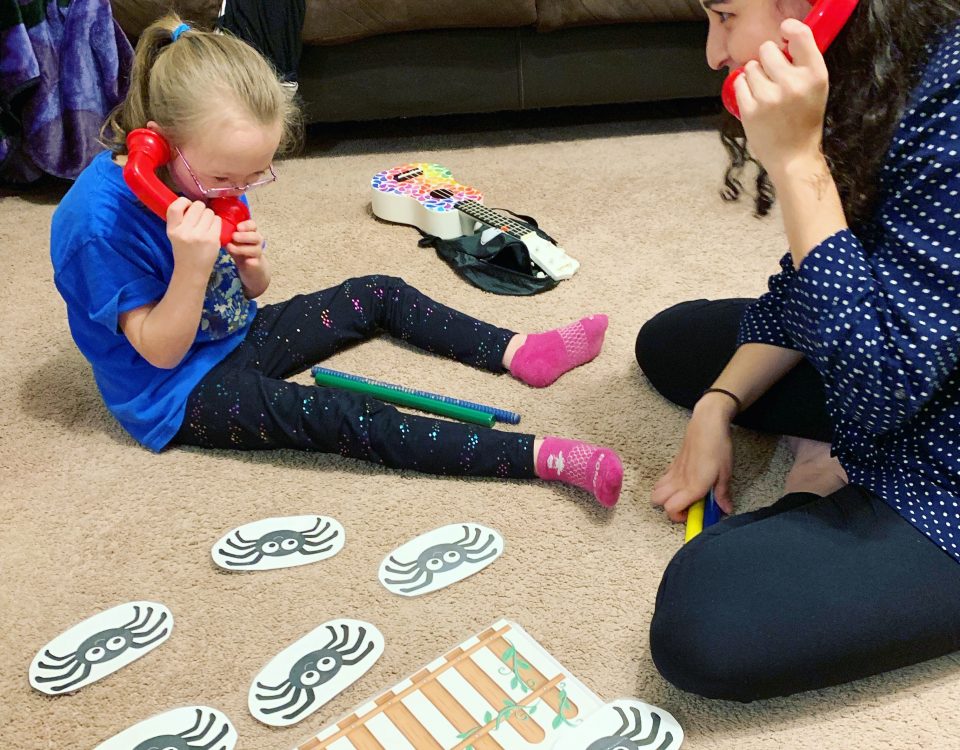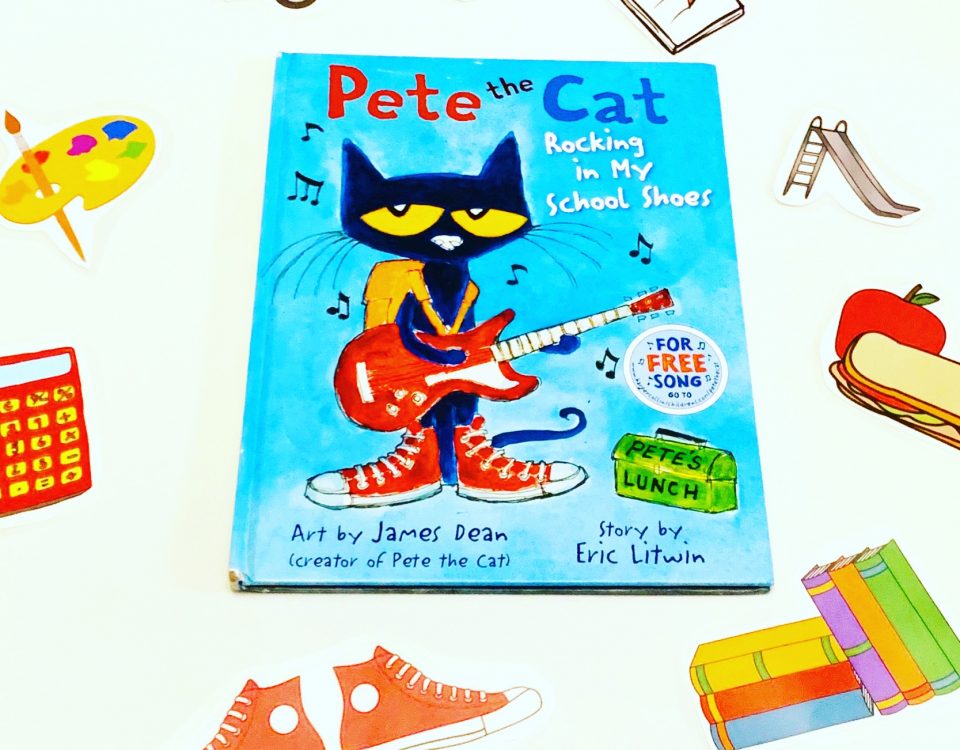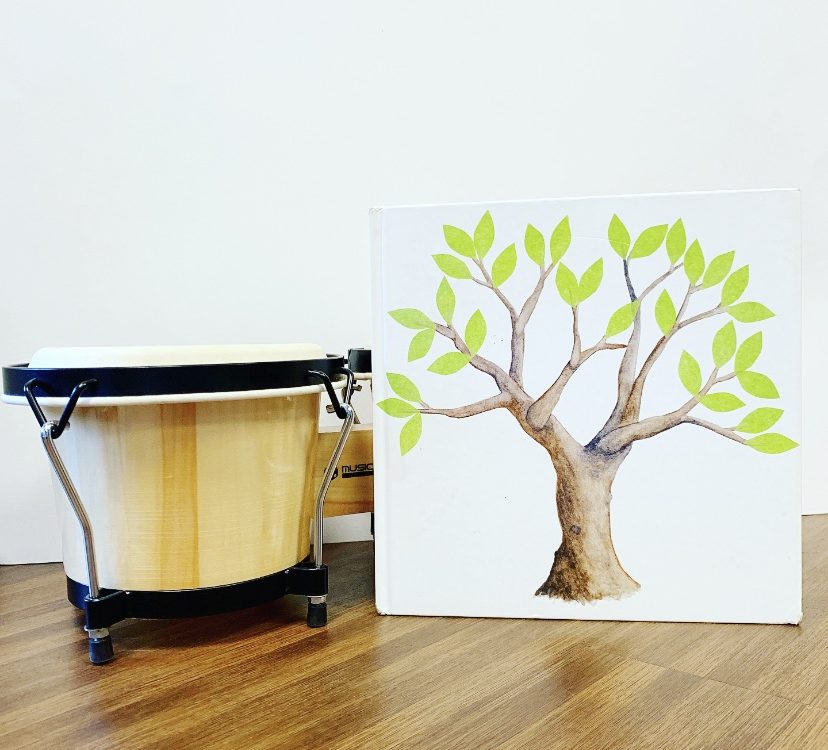Friday Roundup: 4 Resources for Music Therapists}
Timeless Tunesday: {Oh My Darling, Clementine}
Monday Music and Movement: {Baby Bumblebee}
Post by Alexa Rosenbaum, Toneworks intern
This past weekend I was fortunate enough to go to the American Music Therapy Association’s national conference in Kansas City. As a first time national conference attendee, I was amazed by all the passion and intelligence of my music therapy colleagues. I left feeling completely inspired and excited about my career, and I also returned with some great resources to use with clients and to further my own education. I have included only 4 resources in this post, but this by no means encompasses everything that I learned at conference!
1) Group Music Activities for Adults with Intellectual and Developmental Disabilities by Maria Ramey
In the music therapy world, there is not much research out there that pertains to adults with intellectual and developmental disabilities. Although early intervention is important, children with these diagnoses will eventually grow up and it is just as essential that they are provided adequate care after aging out of the education system. This book is wonderful because it contains tons of activities and interventions that are appropriate for a population that often gets overlooked.
2) Including Everyone by Judith Jellison
Here at Toneworks we are all alumni of the University of Minnesota (Go Gophers) and I was thrilled to meet Dr. Judith Jellison, who initially created the music therapy program at the U of M. In addition to being a trailblazer for us all, Dr. Jellison is an incredibly sweet and approachable woman who has done a lot of research related to inclusion in special education settings. This book was just published in February of 2015, and though I have not yet read it myself I am confident that it contains lots of great and useful information for those of us working in educational settings.
3) VidRhythm-Available for download from the App Store
I often have parents asking me about fun music apps for their children, so when I heard about this app in a session I immediately had to check it out! It allows you to record numerous different sounds and then arrange a song and/or video using these clips. Although this example uses clips of one person playing different instruments, this could be a really wonderful tool to encourage social interaction and turn taking. I would love to try this with some of our classrooms and have each student choose a sound to make and meld them together to make a big class project!
4) Finger Tally Counter
We music therapists are all too familiar with the struggle of trying to take data while simultaneously playing instruments and assisting our clients. Luckily, there was an entire session at conference about this issue, and the presenters had some great tips for taking data at the moment while still being completely engaged during a session. These finger tally counters can be found on Amazon for a very reasonable price, and they strap right onto your fingers or onto the handle of a paddle drum so that you can get an accurate count of behaviors without having to interrupt the music at all!
